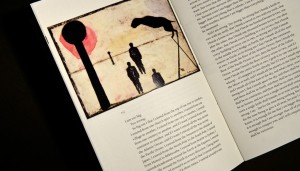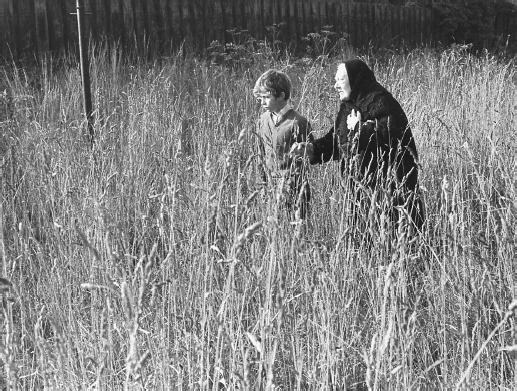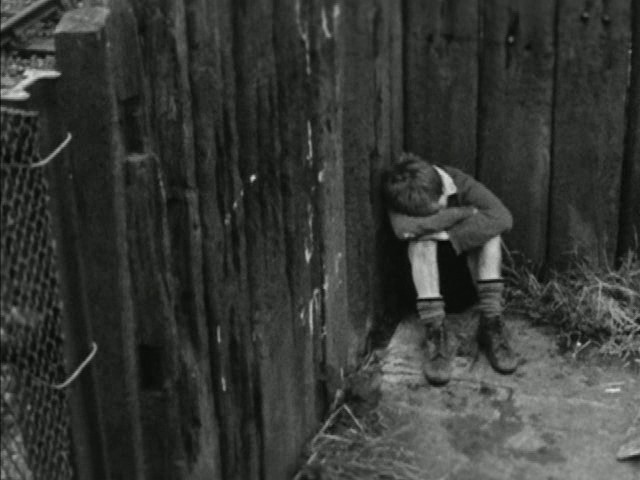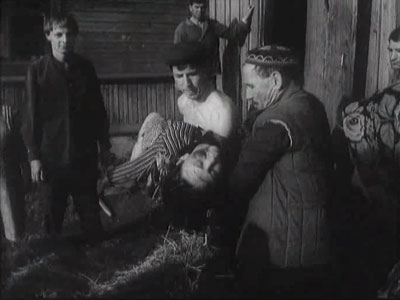From the October 15 TLS. Michael Whitby quietly undermines the anthology he’s reviewing, Makers of Ancient Strategy, which purports to relate strategy then and now:
Inevitably, some essays work better than others. In part this arises from two issues noted by Victor Davis Hanson in his introduction, namely that we have very few explicit contemporary discussions of strategies in Antiquity, and that for some of the topics we have little evidence at all and few modern discussions. Hanson’s own contribution, on Epaminondas’ invasion of the Peloponnese in 370-69 bc as archetype for a preventive strike, is particularly problematic in this respect.
We know very little about the events of this expedition and less about its motivation, so that debate as to whether this was a preventive or pre-emptive strike becomes circuitous; the 2003 Iraq war may, or may not, be relevant. Presentation of Epaminondas, who was regarded in Antiquity as a highly principled and effective leader, as an analogue for George Bush’s Iraq war may cause unease. Another difficulty is the contestability of the presentations of some ancient scenarios.
Although Pericles might appear a rare example of an ancient leader whose imperial strategy we can actually grasp, thanks to the assessment of his younger contemporary Thucydides, the problems in the Thucydidean portrait of Pericles are not acknowledged in Donald Kagan’s treatment of soft justifications of Athenian imperial power: many would now question Thucydides’ sharp distinction between Pericles and his successors, with the major difference being the challenge of pan-Hellenic conflict, which Pericles’ financial policies had left Athens ill-equipped to sustain, whereas the rigour of imperial control as experienced by the people of Samos and Lesbos represents continuity.
For Adrian Goldsworthy on Julius Caesar the most relevant modern parallel is Napoleon; it might also have been interesting to explore Ho Chi Minh or Robert Mugabe.
The most illuminating discussion, which provokes thoughts about alternative perspectives on the classical topic, is the first, on Persia. We are inevitably brought up, at least in the West, to view the empire of Darius and Xerxes from the perspective of our Greek sources. Marathon is one of the crucial battles in world history that ensured the triumph of liberty and democracy over authoritarian slavery, and Thermopylae a demonstration of the superiority of free warriors obedient to their country’s laws unto death over a mass of impressed soldiers with no personal stake in their cause. Tom Holland, however, reminds us that an equally valid interpretation sees the Greeks as a terrorist threat to the established order of the Near East, obstinate fanatics who thought nothing of destroying important public buildings with substantial loss of life. On this view, the 300 at Thermopylae are comparable to suicide bombers in their unreasonable attachment to a minority interest that conflicted with the international stability espoused by the cultured and tolerant Persians. The Persian ambition was to bring security and stability to a remote mountainous and impoverished region, but geography and climate were against them, while their opponents also claimed that divine support guaranteed their success. Unfortunately for the Persians, it was the Greeks who composed the historical accounts so that their interpretation prevailed; as a result films such as 300 (2006) introduce further distortions and depict the Persians as precursors to contemporary Middle Eastern bogeymen.
I’m sure Whitby knows Hanson and Kagan’s neocon agenda. He’s more subtle than Gary Brecher, who wrote in 2005 about an earlier Hanson book:
The grimmest joke in the book is that there really is one parallel that holds up when you compare the Peloponnesian War to America’s military history. You bet there is. But here’s the kicker: it’s the one connection Hanson would never, ever allow into print. I’m talking about the creepy way that our Iraq disaster resembles the Athenian invasion of Sicily. When Hanson says, describing the preparations for the expedition to Syracuse, that the Athenians’ “[i]ntelligence about the nature of Sicilian warfare, and the resources of the enemies was either flawed or nonexistent,” you can’t help thinking of Bremer, Perle, the “cakewalk,” and the WMDs. When Hanson talks about how the Persians sat back and watched their enemies to the west bleed each other, you can’t help thinking about the way Iran helped draw us into Iraq by feeding the suckers at the Bush administration fake intel via Chalabi. Then they settled down patiently to watch. And they enjoyed every minute of the war, cheering when we blasted Saddam’s guys and cheering even harder when the insurgents started blasting our troops—with the help of new IED designs straight out of Tehran. When Hanson talks about the way the Persians just reabsorbed the Greek colonies in Asia Minor after the Peloponnesian War had drained the whole Hellenic world of power, you can’t help but imagine the way all of Shia Iraq will be smoothly absorbed into a Greater Iran when we face facts and cut and run.




